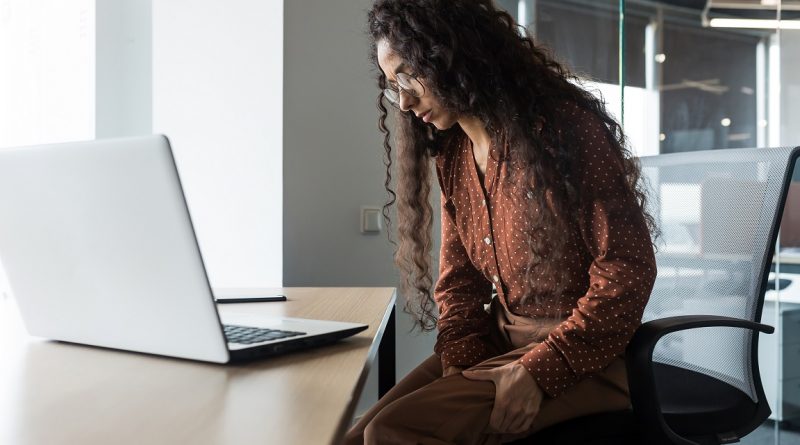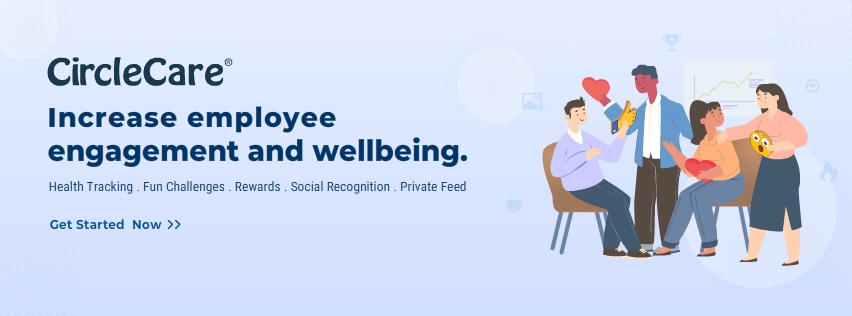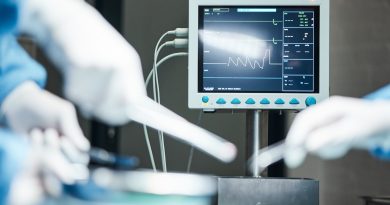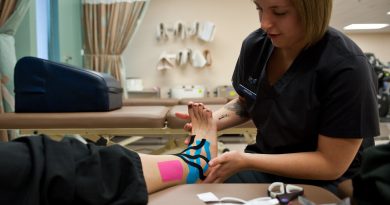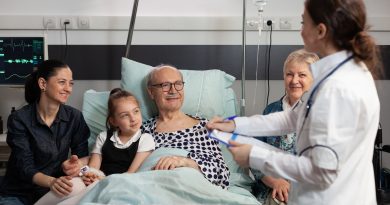Common Vein Problems in Seniors and How to Treat Them
Our bodies undergo various changes as we age, including those affecting our veins. Venous problems in the elderly are common. They can develop conditions such as varicose veins, spider veins, and deep vein thrombosis (DVT). If left untreated, these problems can cause discomfort, pain, and even severe complications.
This article will discuss the most common venous problems in the elderly. We will address their causes and the treatment options available. We will also give you some valuable tips on preventing these vein problems.
What are the most common vein problems in the elderly?
The most common vein problems in older adults are:

Corporate Wellness App
CircleCare
1. Varicose veins
These are swollen, twisted veins that appear in the legs and feet. They can cause pain and itching, sometimes leading to more severe complications. Varicose veins occur when the valves in the veins do not function properly. This malfunction causes blood to pool in the veins and causes swelling.
Treatment for varicose veins ranges from compression stockings to surgery. The most common treatment is the use of compression stockings. It is a simple solution that improves blood flow and relieves discomfort. Other treatments include sclerotherapy, laser therapy, and varicose vein surgery. If you have varicose veins, visit a varicose veins clinic in El Paso so they can treat your condition.
2. Spider Veins
Spider veins are smaller and thinner than varicose veins. They can be seen on the legs, face, and other body parts. They are generally harmless and do not need treatment. However, some people choose to remove them for cosmetic reasons.
Treatment of spider veins includes sclerotherapy and laser therapy. Sclerotherapy involves injecting a special solution into the affected vein. This solution causes the vein to close up and disappear over time. Laser therapy uses intense light to heat and destroy the vein. Laser therapy uses intense light to heat and destroy the vein.
3. Superficial thrombophlebitis
Superficial thrombophlebitis occurs when a blood clot forms in a vein close to the skin’s surface. It can cause redness, swelling, and pain, but it is usually not a severe medical problem.
Treatment options aim to relieve the symptoms and prevent the clot from spreading. If the symptoms worsen, a doctor may prescribe medications to help prevent the clot from spreading.
4. Deep Vein Thrombosis (DVT)
DVT is a blood clot that forms in a deep vein, usually in the leg. It can be fatal if the clot breaks loose and travels to the lungs. Symptoms of DVT are pain, swelling, and redness of the affected leg.
Treatment for DVT usually involves blood thinners to prevent the clot from growing and breaking off. In severe cases, surgery may be necessary to remove the clot.
5. Chronic venous insufficiency (CVI)
CVI occurs when the valves in the veins do not work correctly, and blood backs up in the legs. This can cause swelling, pain, and skin changes, such as ulcers.
Treatment of CVI involves wearing compression stockings, exercising, and elevating the legs. In severe cases, surgery may be necessary.
Other common problems
6. Peripheral arterial disease (PAD)
PAD occurs when the arteries in the legs become narrowed or blocked. This causes poor blood flow to the legs and feet. Symptoms are pain, cramping, and fatigue in the legs.
Treatment of PAD includes lifestyle changes, such as exercise and smoking cessation, and medication to improve blood flow. In severe cases, surgery may be necessary.
7. Lymphedema
Lymphedema is a condition that occurs when the lymphatic system is damaged or blocked. This causes swelling and fluid retention in the legs.
Treatment options for lymphedema include compression garments, therapeutic massage, and exercise.
It is important to note that venous problems can also occur in younger people. But the risk increases with age. If you experience any of these symptoms, visit a vein specialist. They can make an assessment and offer you appropriate treatment options.
Conclusion
Venous problems are a common problem among older people. However, they do not have to be a source of discomfort or pain. By learning about the most common venous problems, seniors can take steps to improve their quality of life. Seeking professional help can prevent the development of more severe complications. Don’t hesitate to contact a vein specialist to find the treatment.

